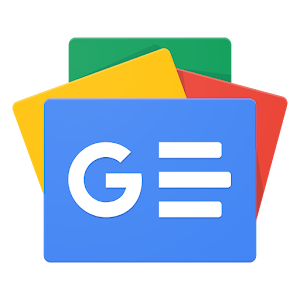ChatGPT Enhances Intelligence with Internal Data Referencing

ChatGPT Enhances User Experience with Internal Knowledge Access
OpenAI has introduced an exciting feature for ChatGPT that allows users to reference internal knowledge sources. This enhancement is particularly beneficial for teams using the paid version of ChatGPT Team, offering them a chance to integrate their company-specific data during the beta testing phase. This ability aims to improve the relevance and accuracy of responses for users who seek information tailored to their organizational needs.
What This Feature Offers
The integration of internal knowledge databases brings several advantages:
Semantic Searches: Users can perform semantic searches of their data, allowing them to find precise information quickly. This functionality is crucial for users who need specific insights or data based on their internal operations.
Contextual Linking: The feature enables users to link directly to internal sources in their responses, ensuring that the information provided relates directly to the organization’s context.
- Organizational Language Understanding: Over time, ChatGPT learns the unique language and terminology of the organization, including project names and specialized acronyms, making interactions feel more natural and relevant.
Currently, admins of ChatGPT Team can connect Google Drive to the platform, with plans to extend compatibility to other essential internal databases, such as data analytics platforms and customer relationship management (CRM) systems.
The Role of Internal Documents in Knowledge Management
Linking internal documents can significantly enhance the utility of ChatGPT for users who typically seek strategic insights or analytical support. By accessing domain-specific data, users can engage in more informed conversations, thereby increasing the platform’s effectiveness.
Many companies leverage AI platforms, chatbots, and applications that utilize proprietary internal knowledge graphs to create a competitive edge in business. The rise of enterprise search capabilities is notable, with platforms like Glean assisting in information retrieval across organizations. Moreover, ServiceNow’s acquisition of MoveWorks illustrates a significant investment in improving enterprise search functionalities.
OpenAI’s approach is on par with other tech giants; for instance, users can upload documents from Google Drive or Microsoft OneDrive directly into the ChatGPT interface. Google has integrated the advanced Gemini AI capabilities into its Workspace products to allow users to interactively ask questions related to their documents.
Control and Customization of Data Sources
OpenAI has emphasized that the management of data sources will differ among users. Here’s how it works:
Admin Control: In larger organizations, only administrators have the authority to add data connectors. This ensures security and proper management of data access.
User Configuration: For smaller teams, individual users can configure when ChatGPT utilizes internal databases and which specific drives to access.
- Access Permissions: OpenAI has structured the permissions to respect existing organizational settings, ensuring that users who do not have access to certain documents or drives cannot prompt ChatGPT to retrieve that information.
To enhance user experience further, ChatGPT recognizes when to tap into connected data sources for many common queries. Users still have the option to select "Internal Knowledge" when composing a message, which streamlines the information retrieval process.
The Future of AI in Organizations
As businesses increasingly rely on AI and chatbots, the integration of internal knowledge sources can set the standard for enhanced operational efficiency. With the ability to tailor responses to specific corporate contexts, ChatGPT is poised to become a critical tool for organizations aiming to leverage AI for improved strategic planning and decision-making processes. As OpenAI continues to develop this feature, businesses can expect even more customizations that cater to their unique requirements, ultimately leading to smarter and more contextual interactions.






